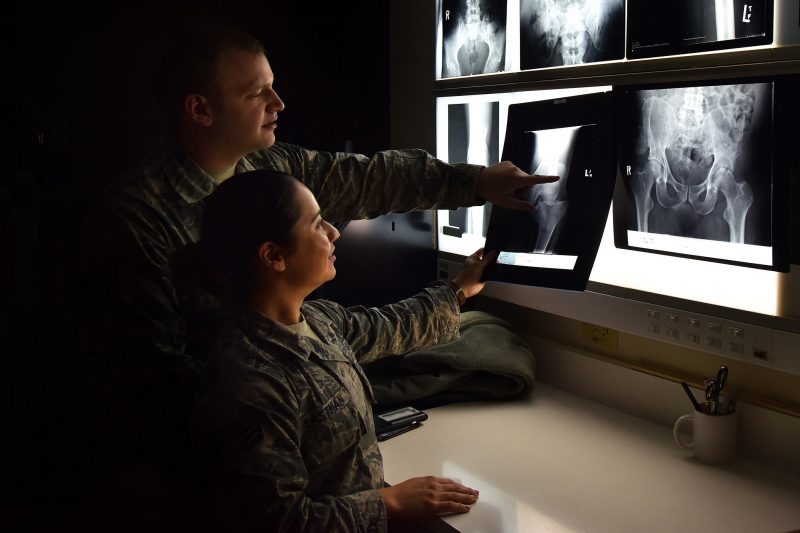Task-Oriented Jobs Among First to Be Impacted by AI Technology
It’s been decades since robots and computers began to take over many types of physically demanding jobs. Robots on the assembly lines of automakers doing spot welds replaced thousands of blue-collar workers, for instance. Now white-collar workers need to pay attention to what’s going on in their industries, according to an article by Rick Wartzman in fastcompany.com.
Wartzman cites a new study from Brookings Institute that predicts how management, sales and other professions may be replaced or impacted by AI-driven technology.
“White-collar, well-paid America—radiologists, legal professionals, optometrists, and many more—will likely get no free pass,” it asserts.
In fact, Brookings says, “better-educated, better-paid workers will be the most affected” by AI.
This modified view is based on a unique research technique developed by a Stanford Ph.D. student in economics named Michael Webb, who built his own algorithm to compare language from 16,400 AI patents with the specific words used to describe 769 different jobs in the government’s official occupational database, known as O*NET.
Professor Webb used AI to compare the information against current employment stats, as well as some patents submitted years ago. The results were certainly eye-opening to say the least. The algorithm read the wording of what each patent claimed it could do. It found a lot of people could be replaced quite easily, regardless of their job descriptions.
In all, according to Brookings, some 25 million workers in the U.S. are expected to be touched the most by AI. That’s about 15% of the nation’s labor force. The algorithm reviewed high paying jobs in the $104,000 dollar range, which were once considered protected from technology.
It’s important to note that these latest findings do not negate the earlier warnings about the pressures bearing down on many of the 100 million or so Americans who earn $40,000 or less a year. Yet whereas past research by Brookings and others has tended to lump together “automation” into one category, Webb’s methodology has the virtue of separating AI from other advances that threaten less-educated, lower-skill employees—robotics for those in production jobs and non-AI software for those doing routine clerical and service work.
But all is not lost for humans of any social class or job level. It’s become clear to many companies that even though AI can be used effectively in business for interacting with humans, some humans still prefer to interact with other humans.
“Nobody knows how this will play out,” says Tom Mitchell, a professor at Carnegie Mellon University and a pioneer in machine learning. “It’s a wild card.”
According to a story on newyorker.com in March, it’s possible that bankers, lawyers and doctors all need to worry about how automation may affect their jobs.
How can you know if you’re about to get replaced by an invading algorithm or an augmented immigrant? “If your job can be easily explained, it can be automated,” Anders Sandberg, of Oxford’s Future of Humanity Institute, tells Oppenheimer. “If it can’t, it won’t.” (Rotten luck for people whose job description is “Predict the future.”) Baldwin offers three-part advice: (1) avoid competing with A.I. and R.I.; (2) build skills in things that only humans can do, in person; and (3) “realize that humanity is an edge not a handicap.” What all this means is hard to say, especially if you’ve never before considered being human to be a handicap.
Already, communities are losing more white-collar jobs than blue-collar jobs, according to Labor Department statistics. For instance, an AP investigation found that 80 communities in the Midwest have lost more office than factory jobs. In Ohio, Toledo and Canton have lost thousands of white-collar jobs, as have Sheboygan, Wisconsin; as well as Wichita and Topeka, Kansas; Birmingham, Alabama; and Decatur, Illinois.
read more at fastcompany.com








Leave A Comment